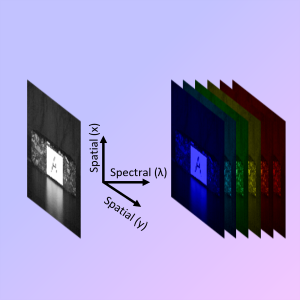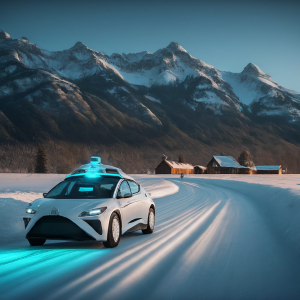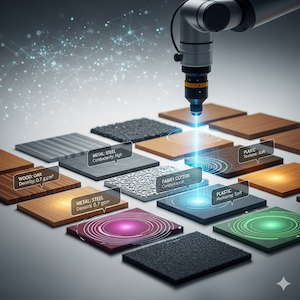Research

Hyperspectral Imaging
Hyperspectral Imaging is a new analytical technique based on spectroscopy. It collects hundreds of images at different wavelengths for the same spatial area. While the human eye has only three color receptors in the blue, green and red, hyperspectral imaging measures the continuous spectrum of the light for each pixel of the scene with fine wavelength resolution, not only in the visible but also in the near-infrared.

Road Surface Condition Recognition
"Road Surface Condition Recognition" is a technology that recognizes the condition of road surfaces. This technology uses devices such as cameras and sensors to analyze the features and conditions of road surfaces, allowing for the identification of factors such as wetness, freezing conditions, and dirtiness. This information can then be used to provide data for safe driving, enabling vehicles such as cars and autonomous vehicles to operate at appropriate speeds and control.

Material Recognition
"Material Recognition is a technology that identifies and classifies the types of materials that objects are made of, such as metal, plastic, wood, glass, or fabric. Unlike simple object detection, which focuses on shapes and categories, material recognition analyzes surface properties like texture, reflectance, and spectral characteristics. This enables a deeper understanding of how objects interact with light and their environment. By recognizing material properties, this technology can support applications such as robotics, autonomous driving, augmented reality, and quality inspection in manufacturing, contributing to safer and more efficient systems.